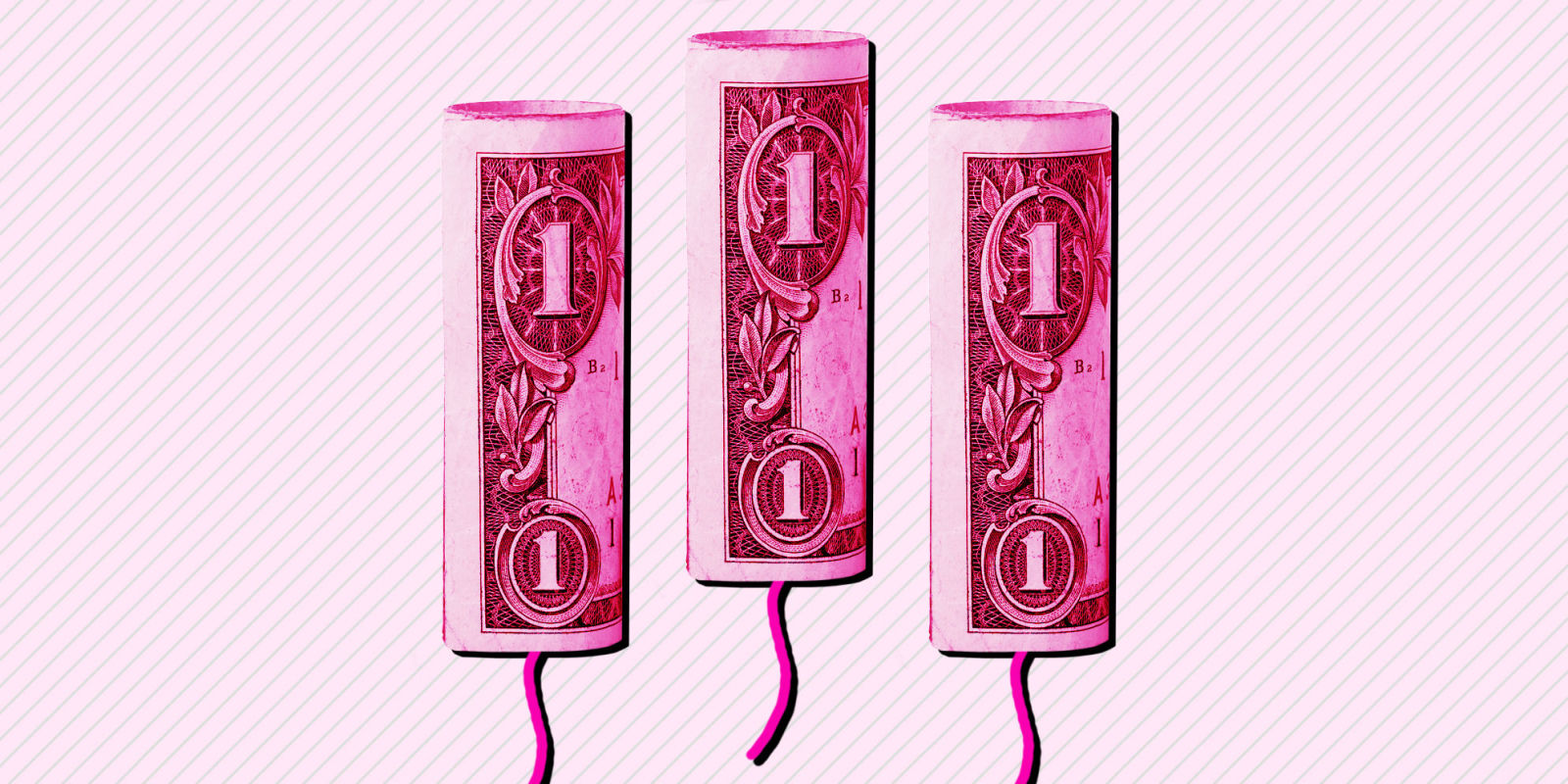The Pink Tax: What It Is and How to Avoid It
Ever notice female products cost more than their male counterparts? Ever wonder why?
By Lauren Diethelm, University of California, Santa Cruz
I’m always a little bit weirdly excited to go to the drugstore—I have a strangely intense love of smelling and buying new soap, it’s a mystery to me too—but I’m also always a little bit apprehensive to go to the drugstore, because I know I’m inevitably going to leave having spent way more money that I had planned.
I’m enrolled in every possible rewards program and I keep all the coupons from those stupidly long receipts and I make a truly solid effort to save money, yet I always leave thinking how other cool stuff I could have bought (like, I dunno, rent? groceries?) with all the money I spent on deodorant and two bottles of shampoo.

When I was young and innocent, I just thought that was the unfortunate way of the world, that an arm and a leg was just the price for cleanliness and you had to deal with it. Then I grew a pair of eyeballs and some sense and I realized that this is not so, friends. I was, I know now, living under a rock for many years, and if you are too, here’s the deal: Products that are targeted specifically toward women cost more.
After many hours of internet research, I’m almost 100 percent positive that the pink tax is not legitimate in the same way the sales tax is, because that would be illegal, I hope, but there is nonetheless a difference in price between men and women’s products.
CNN had two of their anchors go to different places around New York to see if there was actually a difference. Among other things, they each bring a white shirt to be dry cleaned, and the woman’s shirt costs almost four dollars more, even though the man’s shirt is bigger. In the video they say that the dry cleaners told them the women’s shirt costs more because they have to press it by hand, while the man’s shirt can be done by machine. (All I can think is????)
There is always some kind of excuse for why one product costs more than the other. This author tries very hard to convince their readers that there’s good reasons for women paying more for the same things as men, and it could be that maybe my rampant feminist indignation is clouding my vision a little bit, but I can be reasonable; they do make some good points. Men and women’s soaps often do smell different, and, as they so eloquently say, women’s razors do sometimes have more “stuff” around the edges. These are both true statements, and in fact smell is the reason I continue to buy women’s deodorant instead of the considerably cheaper male alternative—I like the smell better. That said, while I’ll admit that I don’t know the first thing about manufacturing deodorant, I can’t imagine putting one scent into a vat of goo costs all that much more than putting a different scent in a vat of goo.
I also read an article that interviews a professor of Marketing from Georgia State University, and he says that one of the reasons the pink tax exists is because women apparently are “willing to [pay more.]” I read that and snorted so hard I was worried my brains were going to come shooting out of my nose and spray all over my keyboard.
Women are so not willing, Georgia State Marketing professor, who do you think you are?
Why don’t you just say the world doesn’t think women are smart enough to notice the difference and save yourself some time?
Because that’s what it comes down to, really. I can stand in the toiletry section of Target and see that the things in blue packaging cost less than those in pink, and I can make the decision to buy the cheaper one, and very often, I do. A lot of women do, because they have other, better things to be spending their money on. The fact that companies continue to market more expensive options without even trying to be sneaky about it suggests to me that they think that women as a group are all just so brainwashed into buying the pretty pink thing that they won’t make the economically smarter choice.
Thinking about it now, I shouldn’t be surprised. (I also should not have spent the past several years and all of my money on female-targeted products, but we live and learn.) Despite leaps of progress, women are not the most progressively treated group in society, and gendered marketing is not new by any means. Remember a few years ago when Bic released pens “For Her”? I was in high school when they first hit the market, and while I remember thinking they were silly and that I wouldn’t buy them, I forgot about them fairly quickly.
 My roommate just recently shared the segment Ellen DeGeneres did when the pens were first released on Facebook, and I was hit again by the full force of the absurdity. Was Bic really expecting women to buy one pen over another just because it was purple and said it was “For Her”?
My roommate just recently shared the segment Ellen DeGeneres did when the pens were first released on Facebook, and I was hit again by the full force of the absurdity. Was Bic really expecting women to buy one pen over another just because it was purple and said it was “For Her”?
(Out of curiosity, I went and did some digging to see if the idea of the pink tax extended into office supplies, which would be ridiculous, but would also prove my point. But instead of finding outrageous price differences, I found instead that they only sell pens “For Her” in packs of two, while the same exact pen, called “Velocity,” because it’s manlier, is sold by the dozen. I took two things away from this research: one, I have way too much time on my hands; and two, even the people marketing pens exclusively for women must realize on some level how ridiculous it is, because if they were serious about making money from these pens, wouldn’t they sell it in big boxes like the regular ones? But I digress.)
As much as the injustice of paying more money for the same product rankles, I’m mainly just continually surprised that companies even feel the need to market those same products differently. They do it with almost everything, y’all, even earplugs, but I just can’t wrap my head around the reasoning. Were they worried that not enough women were buying earplugs before? Women who needed earplugs were doing just fine buying the ones in the blue package that didn’t cost $1.30 more. And, ultimately, just buying the cheaper option is better for you and also, possibly, better for everyone else also.
If women stopped buying the more expensive option, companies would be forced to either lower the price or stop producing the more expensive option altogether, which would probably quell my rampant feminist rage, which would make my life a lot easier. So do me a solid, and stop buying things that say “for her” on them.













[…] Illustration via Study Breaks […]